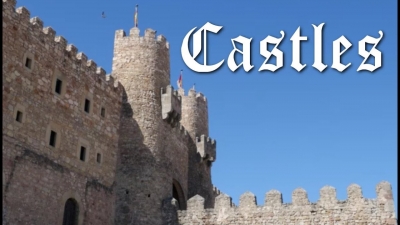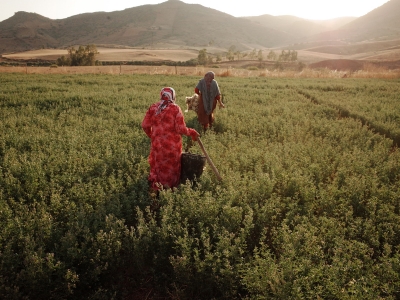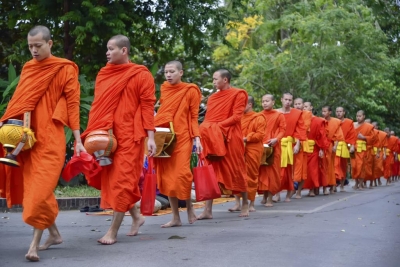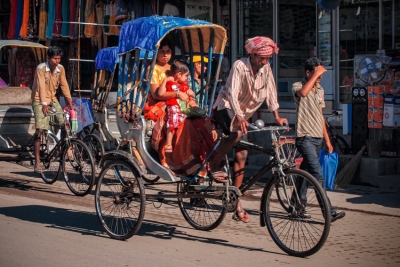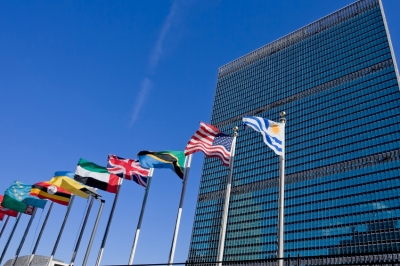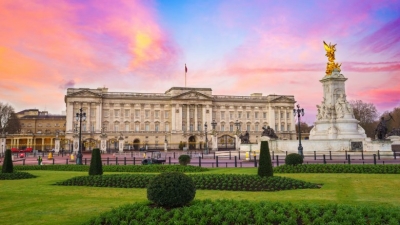
Many castles were designed as homes for rulers rather than as fortresses. Many of the world’s most famous and fancy palaces were built hundreds of years ago.
The royal family of the United Kingdom lives at Windsor Castle when they are not in nearby London. William the Conqueror built a castle in that place about 1070 A.D. Since then, many kings and queens have added to the castle, which now covers 3.6 hectares. It has 15 majestic towers and a beautiful chapel.
Another famous castle lies on a hill in the city of Osaka, Japan. The elegant Osaka Castle was built during the 1500’s. Visitors can still see three of the original towers as well as the castle’s main gate.
A famous palace is in Versailles, France. The Palace of Versailles, France. The Palace of Versailles is more than 0.4 kilometre long and has about 1,300 rooms. It was built by the French King Louis XIV in the 1600’s.
To see a real fairy-tale castle, go to Neuschwanstein Castle in Germany. It has a walled courtyard, spires on its roof, and a blue arched ceiling decorated with stars. Built for King Ludwig II in the 1860’s, the castle is now a popular place to visit.
Picture Credit : Google

